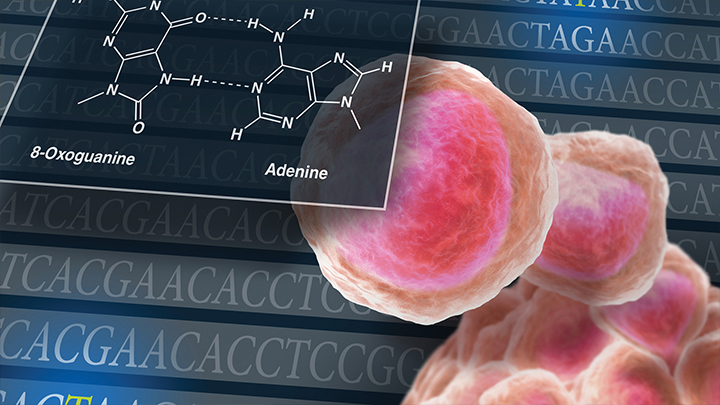Behind the paper: NicE-seq high resolution open chromatin profiling
Script
Sriharsa Pradhan:
Hello, my name is Sriharsa Pradhan, I am a Distinguished Scientist in the Genome Biology Division at New England Biolabs.
Chaithanya Ponnaluri:
Hi, I am Chaithanya Ponnaluri, I am a Development Scientist in the Application and product Development Division here at NEB. We are here to discuss our recent open-access publication in Genome Biology, entitled “NicE-seq: high resolution open chromatin profiling”.
Chaithanya Ponnaluri:
The purpose of our study was to devise a new method for open chromatin profiling using low input mammalian native or fixed cell.
Sriharsa Pradhan:
There are a series of genome-wide methods available for chromatin accessibility studies. Previous methods have detected accessible chromatin as DNase I hypersensitive sites.
DNase-seq involves limited digestion by DNAse I to the accessible chromatin and further sequencing the accessible chromatin to find DNase hypersensitive sites.
Chaithanya Ponnaluri:
DHS mapping using single cell DNase I seq (scDNase I-seq) is an improved protocol involving the use of circular carrier DNA. However, it has low map-ability of only 2% at the single cell level, and it increases to 40% for 1000 cells.
Two other well-adapted methods for the identification of open chromatin are FAIRE-seq and ATAC-seq. ATAC-seq involves the use of Tn5 hyperactive transposase which specifically incorporates adaptor payload into open chromatin regions. However, ATAC-seq generates large amount of non-specific mitochondrial genome amplification. Further, DNase-seq and FAIRE-seq are applicable for fixed cells whereas ATAC-seq is applicable for non-fixed nuclei.
Based on this the current methodologies that are available do not apply for all the sample types that are out there. Hence, there is a need for a new technique that we came up with.
Sriharsa Pradhan:
We developed the NicE-seq technology to address these limitations.
The NicE-seq labeling mix contains a sequence specific nicking enzyme Nt.CviPII, DNA polymerase I and dNTPs that includes biotin-conjugated dATP and dCTP in the mix. This mix labels the open chromatin region in the nucleus and the DNA is extracted and sonicated to ~200 bp. This DNA undergoes library preparation and the biotinylated library components are captured by Streptavidin magnetic beads for further PCR library preparation and sequencing.
During our studies, it became very clear that the number of cells vs. amount of enzyme that are used for NicE-seq reaction is absolutely critical to reduce the background.
NicE-seq offers single nucleotide resolution of open chromatin regions and it has a broad dynamic range, that spans between 25-250 thousand cells. Currently, we are adapting this technology for single cell analysis and clinically relevant pathological samples.
Chaithanya Ponnaluri:
If you are interested in more details, we invite you to view our open-access manuscript at the link below.
https://genomebiology.biomedcentral.com/articles/10.1186/s13059-017-1247-6
Related Videos
-

Behind the paper: Comprehensive Profiling of GSL Glycans Using a Broad Specificity Endoglycoceramidase in a High-Throughput Workflow -

Behind the paper: DNA damage is a pervasive cause of sequencing errors, directly confounding variant identification -

Behind the Paper: An engineered Fbs1 carbohydrate binding protein for selective capture of N-glycans and N-glycopeptides

